Last Updated on: 15th January 2024, 07:25 pm
Venice is well known in the English-speaking western world and is used as a role model when describing the “Venice” of other countries.
But actually, there is a water town lined with canals that is far older than Venice and that is Wuzhen in China.
Wuzhen, 乌镇 wū zhèn, is a historic scenic water town in Zhe Jiang Province, China. It is in the triangle formed by the 3 cities, Shanghai, Suzhou and HangZhou, and has over 1000 years of history as an established town. It is a traditional old water town with people settling there as early as 7000 years ago, consisting of old wooden and white brick black roof architecture (typical style of water towns in southern China) and folk dwellings. Today people still live there. Apart from the private residences, it is open to the public. Many tour companies operate tours here, and it is definitely worth a trip here. Wuzhen scenic area is separated into 2 separate sections (you need to leave one to get to another), a West section or Xi Zha (西栅) which is more interesting and lively than the East one or Dong Zha (东栅). The the East one has the Wuzhen Theater and the Muxin Art Museum. The West one is more commercial with shops selling artifacts, arts and crafts like metal incense holders, tea cups, paintings, clothes and fans.
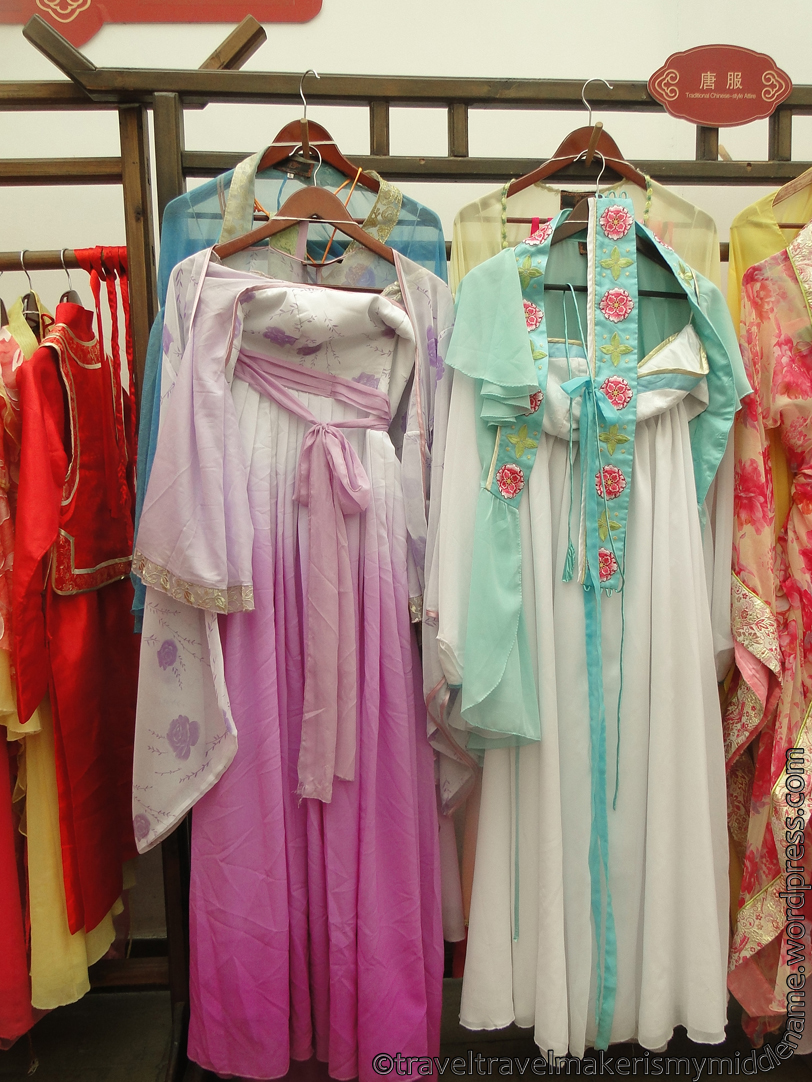
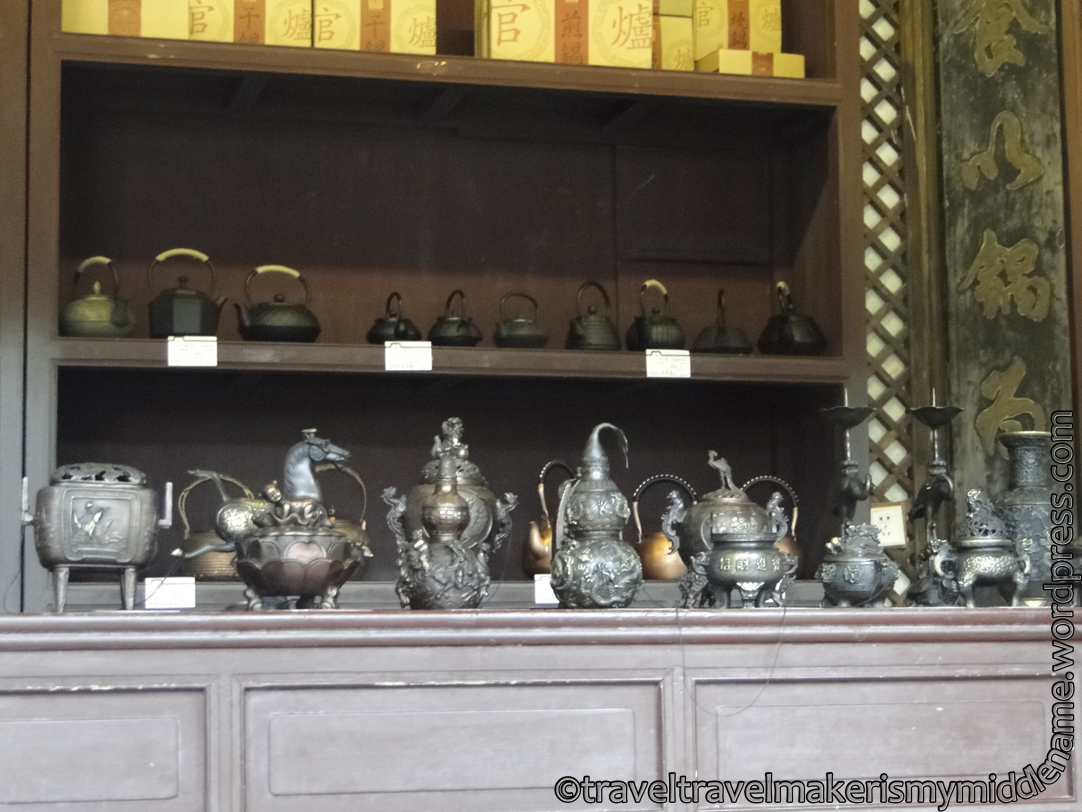
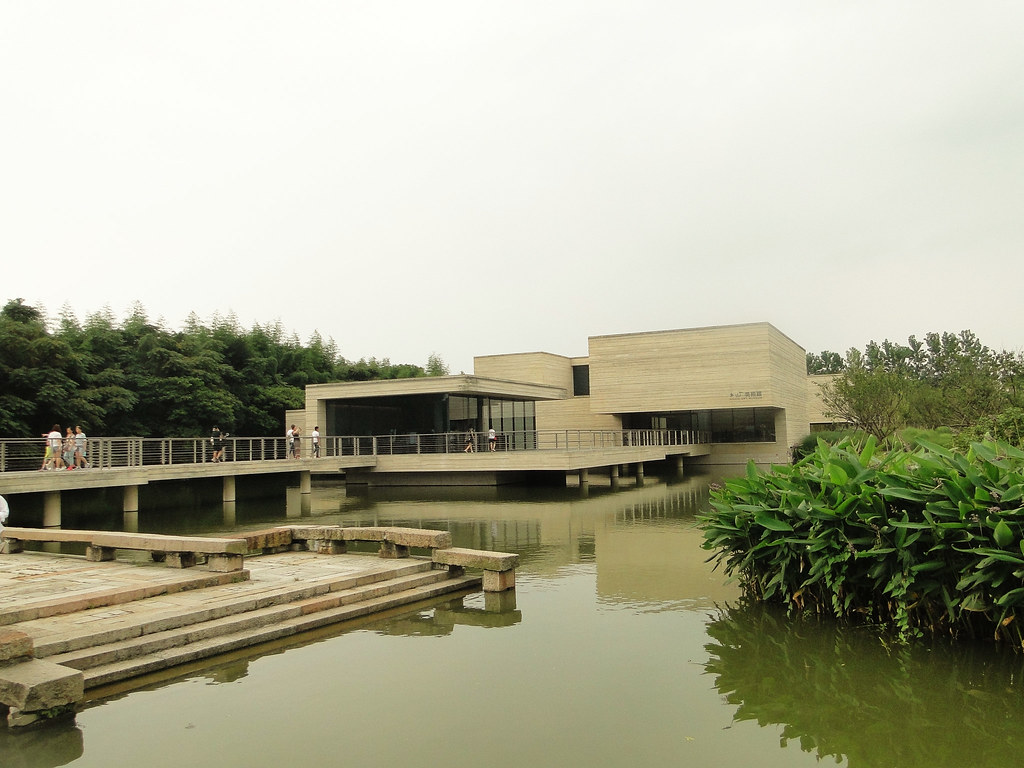
There are many water towns the south of China, this is probably one of the best preserved, largest and least westernised/touristy ones. This is because the shops are all old original buildings (restored), the food are local Chinese cuisine, the river tours are all in wooden boats and some locals still live in those houses. The boats here, small and large, are all wooden, and there are small stone bridges that connect the stone walkways over the canals. There are modern electric street lights but these are in traditional Chinese design styles to fit in with the surroundings.
I saw one ice cream shop here when I came in July, most of the other summer treats were Chinese tea, drinks or green bean soup, very traditional which is a super plus for me, as I came to see the traditional, if I wanted to go see modern, I would’ve stayed in Shanghai.

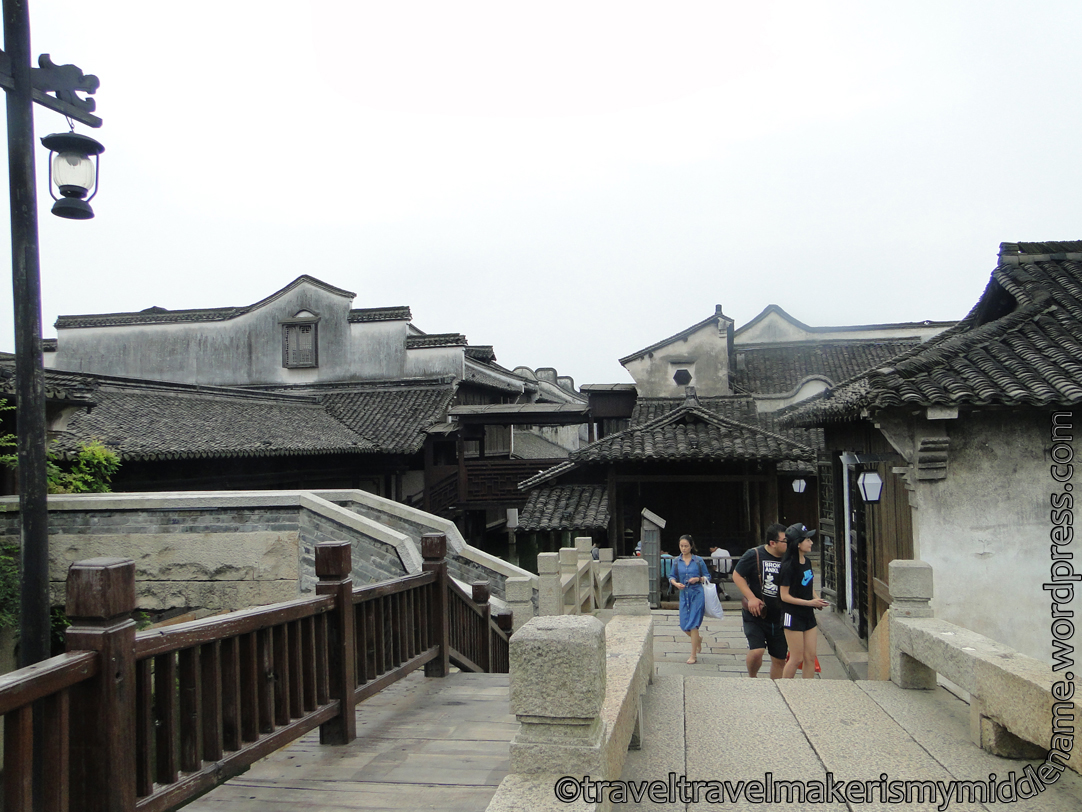
The characteristic of this town is that the dwellings are all made of timber and share a (brick) wall. This meant if there was a fire emergency, the fire would quickly spread along the rows of houses. To prevent such disasters, the residents had a very sophisticated fire fighting system in place, consisting of wooden and iron water pumps.
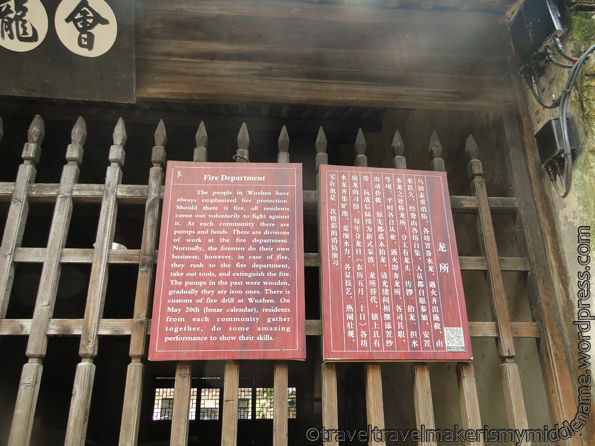
Exhibits
There are many exhibits in the form of mini museums, some are indoor and some are outdoors.
This one is of the local fire prevention and extinguishing system. It is fenced up and can be seen from the outside. This sign is outside a display of original fire fighting equipment used by the residents.
(This photo is from http://you.big5.ctrip.com/sight/tongxiang220/1485813-dianping.html by user Huanghh)
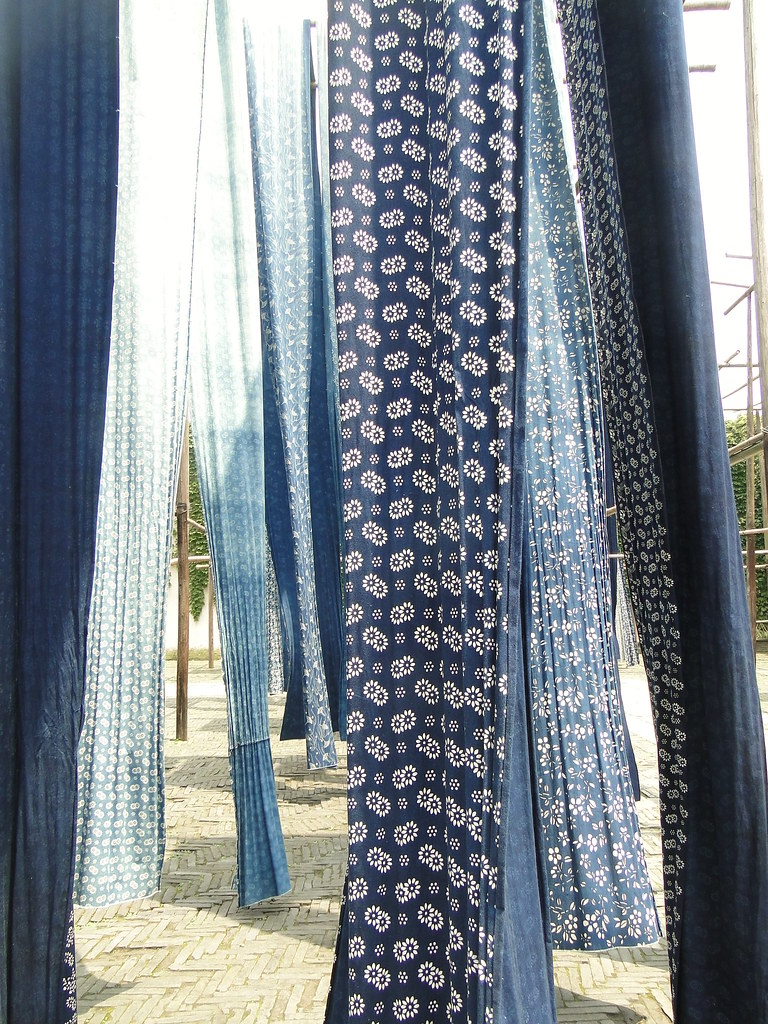 This is an outdoor exhibit at the East scenic section, of the traditional blue cloth dye (English) 蓝印花布 (Chinese), handwoven and dyed, a specialty of this region.
This is an outdoor exhibit at the East scenic section, of the traditional blue cloth dye (English) 蓝印花布 (Chinese), handwoven and dyed, a specialty of this region.
The organisation there was pretty impressive to me considering the bad stories you often hear, with major maps/signs in multiple languages. One of the other things that helped made the place feel not touristy is because loud speakers are not allowed, so tour guides have small groups and no one tries to shout over each other, keeping the noise down compared to other places I’ve been to. Also this is one of the places where I’ve been to in China that prohibits smoking, and people actually abide by that and do not smoke here.
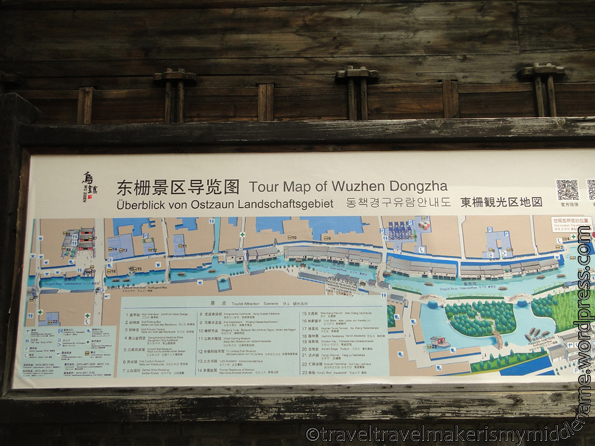
Facilities
The scenic area is outdoors (apart from some indoors/under cover exhibits) and is quite large, it would not be a bad idea to stay here overnight and tour the area at night as well. There are seating around the area for resting and public toilets in the East Section (东区), can’t remember if I saw any public toilets in the West Section apart from the large modern entry/reception hall.
There is supposed to be free wifi there but the reception isn’t good or even possible the further in the scenic zone and away from the entry hall you get.
Note for for people with strollers/prams and wheelchairs:
You probably won’t be able to experience the entire thing. Being an ancient water town, there are many stone bridges with steps, and areas leading down to the water are also in steps, for example at the Muxin Art Museum and down to a boat if you want a boat ride. The area is paved in stone and raised from the water so unless it is raining, it is not slippery. The pathways are all paved and generally flat and wide but there are some places that are narrow, or sloped. Most importantly many of the Chinese courtyards and buildings have their typical high door sills which can be hard to cross over.
I have however, seen at least 1 elderly person in a wheelchair there which surprised me greatly, so it is doable, but you would definitely need a companion.I’d say ditch the stroller if you can.
Good news is that guide dogs are allowed, however I doubt there many activities that would be accessible or doable to vision impaired visitors.
What I was wondering though was how would they get paramedics to people if anyone had a medical emergency. The West zone was laid out like a series of ‘islands’ of homes and buildings, lined along the footpath and interconnected with stone bridges and narrow alleyways.
Other recommendations
Age
I love ancient civilizations, architecture and art, so I love this place. All of the things on offer here are traditional things, wooden boat rides, historical artifacts, traditional clothing, etc. There is even an old wine brewery, still in operation with free tastings. The wine is still stored and aged in traditional clay pots similar to the one seen below (photo taken in Shanghai at a local market). So children under about 10 will probably not had any fun here, unless they like history or Chinese art etc. I did see some small Chinese children here however. People wander along the paths and bridges slowly so it’s certainly not a place to run around for the day. Everyone else who loves old towns would really enjoy it here.
Tripods
It is entirely possible to bring a tripod here, I went during the day and do not recall seeing tripods but there is space for it. I did not see any regulations prohibiting tripods, but there are a list of regulations regarding other things.
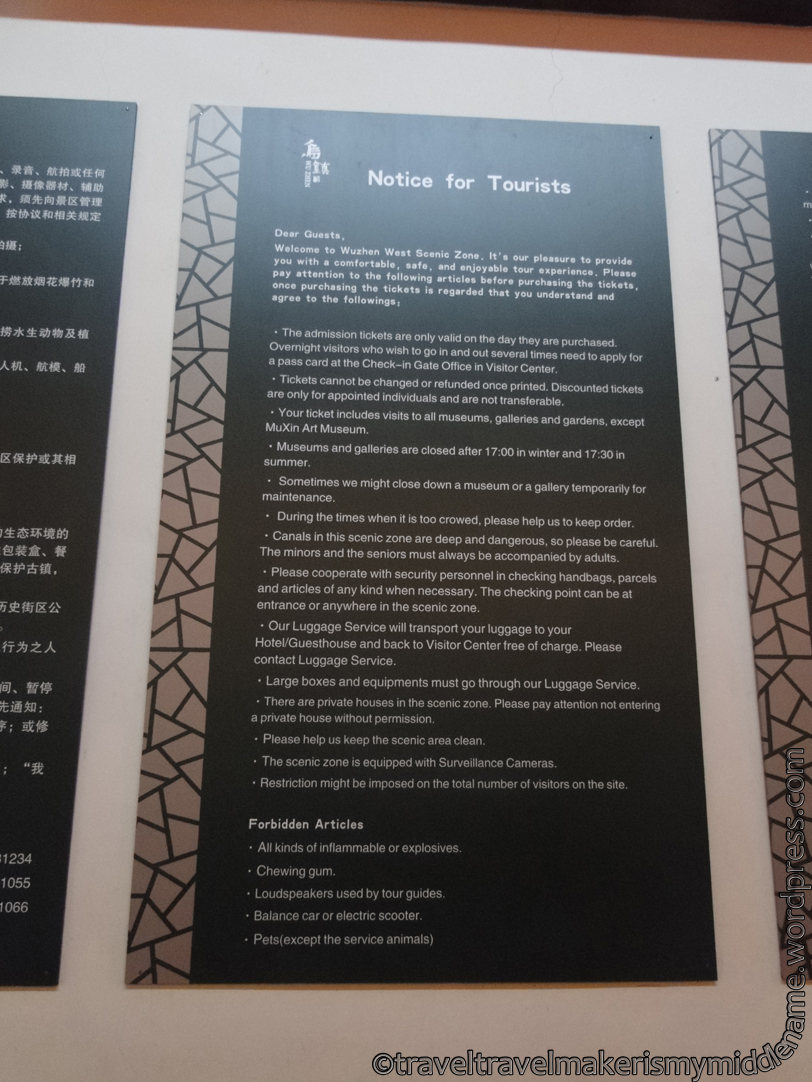
Recommended time:
I’d be happy to live here, but the next best thing would be to stay at least the one night. This place is large, and your ticket is only good for one entry on the day it was bought, so once you leave you can’t go back (unless you buy another ticket). I was told the place looks magical and totally different at night, something I didn’t get to experience this time, so it is worth seeing at night as well. It is recommended to stay at least one night.
Getting here: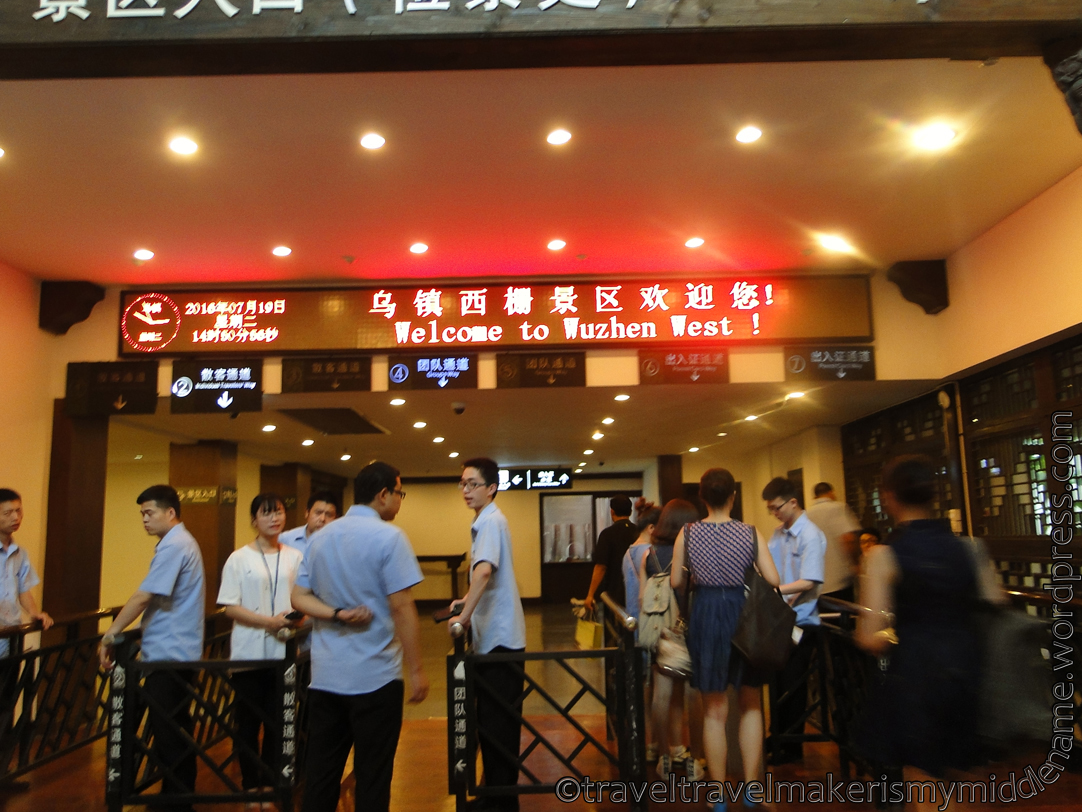
The nearest airport (international and domestic) is in Shanghai, but you can get to Wuzhen from HangZhou too by train.
You can then catch a high speed train from Shanghai or Hangzhou to TongXiang county Train station (桐乡市) and a taxi. Wuzhen itself does not have a train station but one can catch local transport. From TongXiang train station, one can catch bus K282 to Wuzhen’s local bus station or a taxi, and then another bus K350 to the West or East section (10 or 5 minutes respectively). (Bus info from China Highlights)
The best way to get here if you don’t have access to a car is to join a tour group, however your trip might be restricted to a 1 day tour.
I was quite lucky. My mother has a friend who lives in Suzhou. He very kindly took time off and drove myself and his daughter here for a few hours. If you aren’t as lucky, maybe you might want to rent a car and drive here, this would allow you to stay the night, because tour groups might only come for the day.
If you are driving, the parking cost is extremely reasonable for an attraction of this size (I dare you to find a cheaper place at any other attraction). At the West Section, parking is charged per car. For a 7 seater or less, it costs ¥5 for 12 hours or less, and ¥10 for 12-24 hours (yes, you read that right, not per hour, but per 12 or 24 hours). Column one has the number of seats per vehicle. Column 2 is the parking price for 12 hours or less and column 3 is the price for 12-24 hours. There are different prices for over 24 hours such as for those who stay the night. (Prices are as current as 2016).
Column one has the number of seats per vehicle. Column 2 is the parking price for 12 hours or less and column 3 is the price for 12-24 hours. There are different prices for over 24 hours such as for those who stay the night. (Prices are as current as 2016).
You can also come with a tour group. Wuzhen is in a triangle formed by Shanghai, Suzhou and Hangzhou. Tours depart from Shanghai or Hangzhou, and you can book day tours or multi-day tours that include 3 cities.
Accommodation:
You can stay in Suzhou and drive here/take a coach with a tour group here on the day, or you can stay at one of the onsite (or even just local) hotels. The onsite hotels are in the same style as as the surrounding architecture, and looks fantastic, and comes with their own buggy service to take you to the entry of the scenic area. These are expensive (¥1000 upwards a night) but there are also cheaper ones.
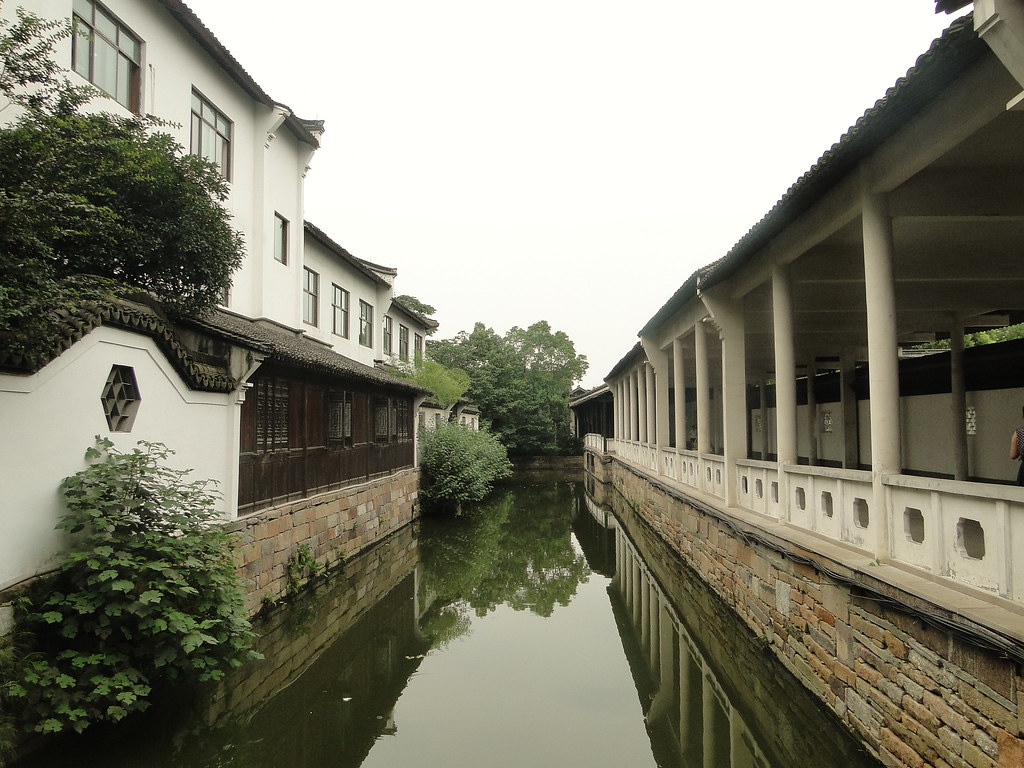 A canal behind the onsite hotel in the scenic area. On the right hand side is the walkway to one of the exit/entry to the site.
A canal behind the onsite hotel in the scenic area. On the right hand side is the walkway to one of the exit/entry to the site.
Click here for their official website and more information on what’s on offer here (select languages at the top right hand corner in the drop down menu).
Click here for more photos of Wuzhen.
Click here for more things to do and see in China, or if you are ready to come visit China, try these affiliate links (what are affiliate links?)
Flights to China:
Jetradar.com
Accommodation options:
Hotels Combined
Booking.com
Car rental
Jetradar cars
Whether it is a flight or a hotel, international or domestic, if you travel a lot, or like my blog, or both, please bookmark this page and support my blog by using my affiliate links to make your next booking!
©All rights reserved for all content and photographs, usage on 3rd party sites are forbidden without permission. Photos are taken by author unless otherwise stated.

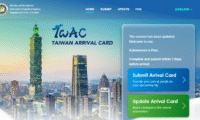

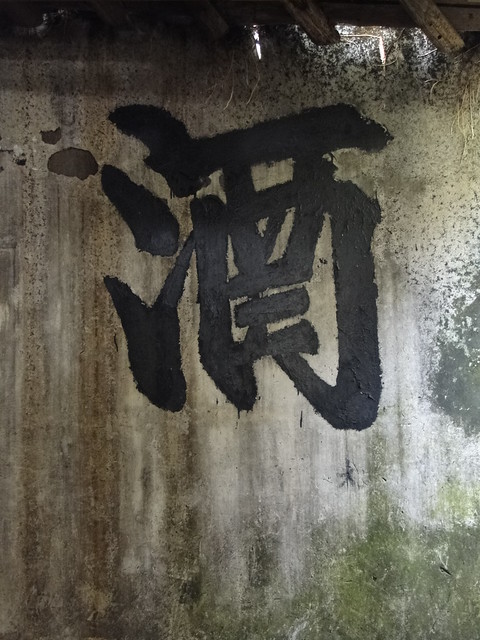
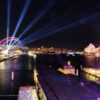
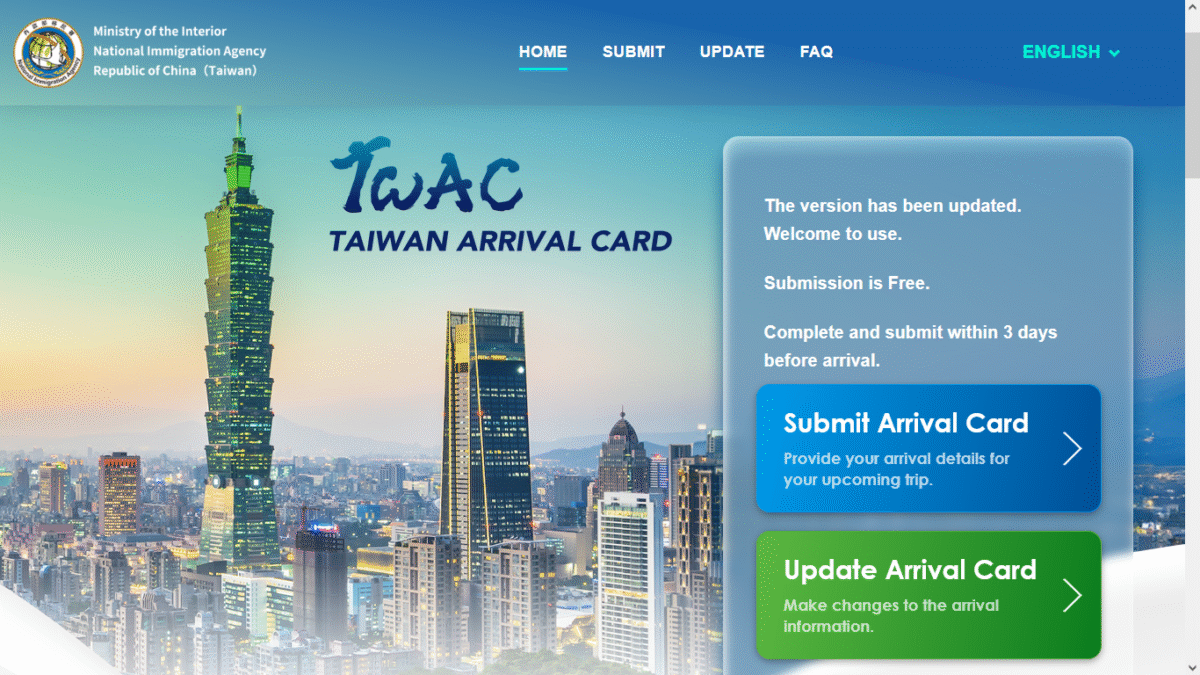
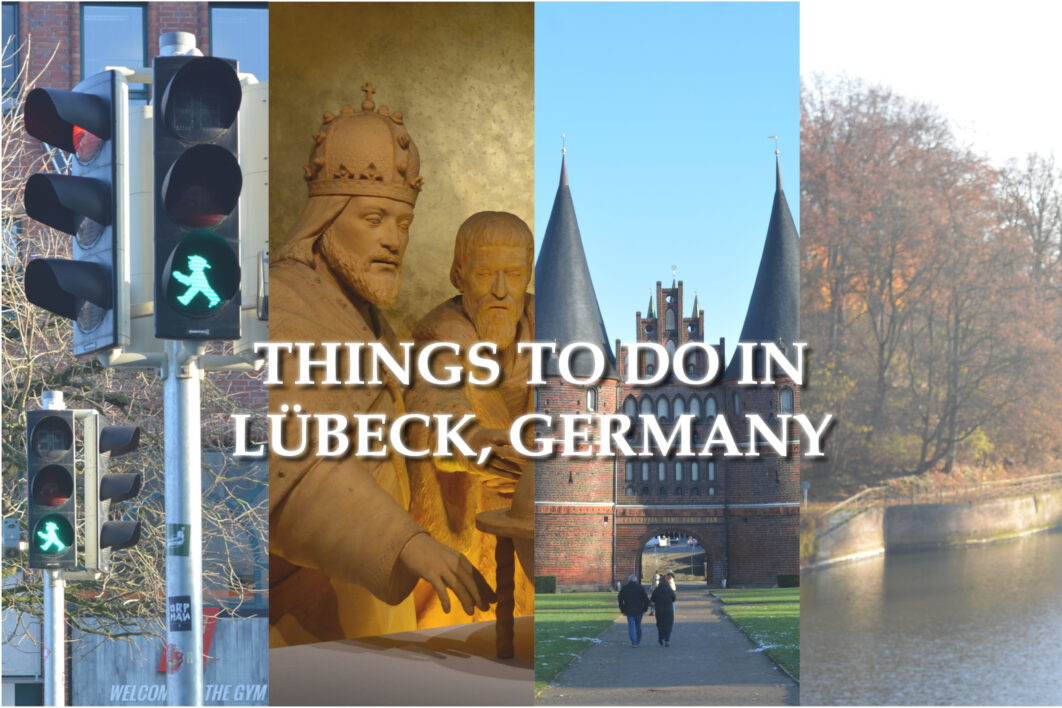

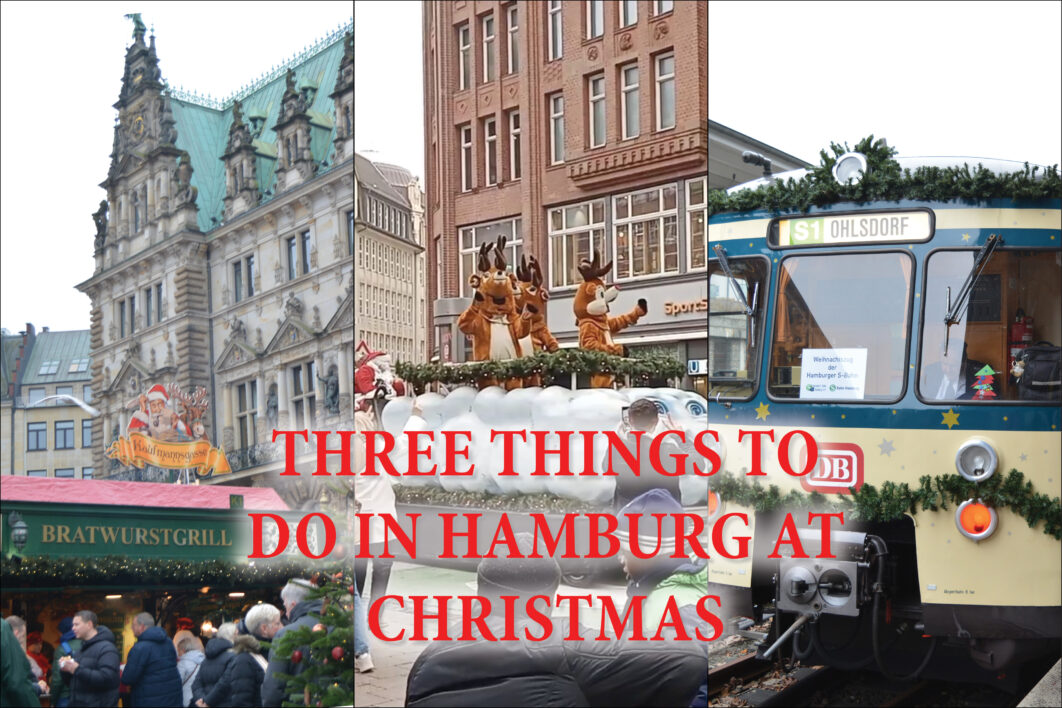
Pingback: Tian Zi Fang, Shanghai – Happy Traveller